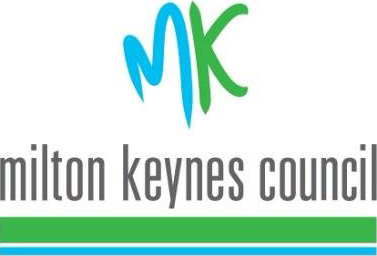Office
Arts for Health Milton Keynes
Facilities Directorate
Milton Keynes Hospital
Standing Way
Eaglestone
Milton Keynes
MK6 5LD
Privacy Policy
Arts for Health Milton Keynes
Facilities Directorate
Milton Keynes Hospital
Standing Way
Eaglestone
Milton Keynes
MK6 5LD
Privacy Policy





Arts for Health Milton Keynes is the working name of MK Arts for Health charity number 1107625 company number 05137693

